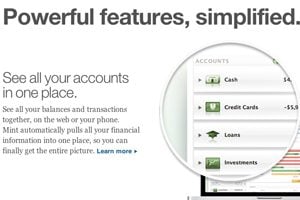
Layouts / 1 Dec 2011
The Evolution of Apple.com
The Apple design team is widely regarded as one of the most talented group of designers in the industry today. The trends that they set are followed by not only every other major tech company, but by web designers in every conceivable product and service niche.
Follow along as we embark on an exciting journey through time and witness the evolution of Apple’s design style. You’ll get several amazing glimpses at Apple.com dating all the way back to 1997 as we witness the rise and fall of several important design trends.




